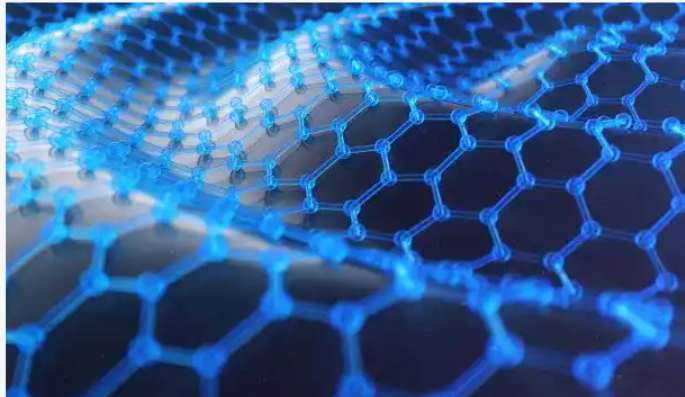Graphene in Cement and Concrete: Paving the Way for Stronger, Smarter, and Greener Infrastructure
Introduction
The construction industry is responsible for over 8% of global CO₂ emissions, largely due to cement production. Meanwhile, aging infrastructure worldwide demands more durable and sustainable materials. Graphene, with its remarkable mechanical and barrier properties, is offering transformational upgrades to traditional cement and concrete.

1. What Graphene Does in Concrete
-
Nucleation sites: Speeds up cement hydration, improving early strength
-
Microcrack prevention: 2D graphene flakes bridge microcracks, reducing brittleness
-
Barrier properties: Prevents water and ion ingress, enhancing durability
-
Thermal and electrical conductivity: Enables smart and self-sensing concrete
2. Types of Graphene Used
-
Graphene Oxide (GO): Most common for dispersion in water-based cement
-
Few-Layer Graphene (FLG): Enhances mechanical strength significantly
-
Graphene Nanoplatelets (GNP): Commercially available, cost-effective filler
3. Key Performance Improvements
-
Compressive Strength: Increase up to 40% with 0.03–0.05% graphene by weight
-
Flexural Strength: Enhanced crack resistance and toughness
-
Water Permeability: Reduced by >50%, improving longevity
-
Carbonation Resistance: Delays concrete aging and steel rebar corrosion
4. Smart and Functional Concrete
-
Self-sensing: Graphene’s conductivity allows damage detection and strain sensing
-
Thermal management: Enhanced heat conduction in urban paving
-
De-icing roads: Graphene-enabled concrete heats up with low voltage
-
EMI shielding: Ideal for smart cities with dense electronics
5. Sustainability Benefits
-
Less cement required for the same strength = fewer emissions
-
Fewer repairs and replacements = lower lifecycle carbon footprint
-
Integration with recycled aggregates and SCMs (slag, fly ash) for greener mixes
6. Commercial and Academic Progress
-
Nationwide Engineering (UK): Launched graphene concrete in precast slabs and tiles
-
University of Exeter: Demonstrated 146% strength improvement in graphene-enhanced concrete
-
China’s Tsinghua University: Researching large-scale 3D printing of graphene cement composites
7. Challenges
-
Dispersion: Graphene must be evenly distributed in cement matrix
-
Cost-effectiveness: Bulk GNPs still relatively expensive
-
Regulatory adoption: Building codes yet to standardize graphene use
Conclusion
Graphene is redefining civil engineering by making concrete smarter, stronger, and more sustainable. From smart highways to corrosion-resistant buildings, the integration of graphene in cementitious systems is no longer a lab curiosity — it’s a real-world innovation paving the path toward resilient and green infrastructure.

